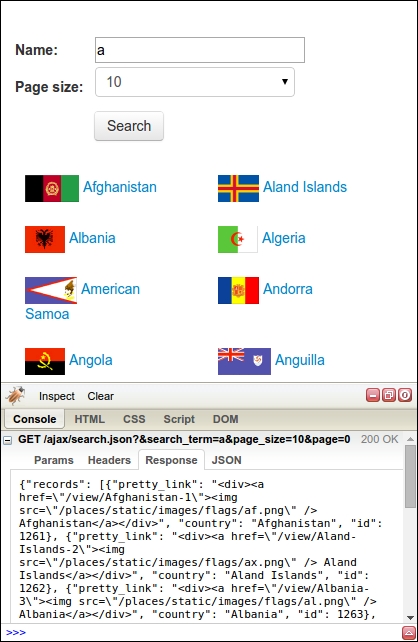According to the United Nations Global Audit of Web Accessibility, 73 percent of leading websites rely on JavaScript for important functionalities (refer to http://www.un.org/esa/socdev/enable/documents/execsumnomensa.doc). The use of JavaScript can vary from simple form events to single page apps that download all their content after loading. The consequence of this is that for many web pages the content that is displayed in our web browser is not available in the original HTML, and the scraping techniques covered so far will not work. This chapter will cover two approaches to scraping data from dynamic JavaScript dependent websites. These are as follows:
Reverse engineering JavaScript
Rendering JavaScript




